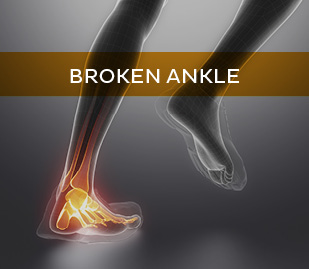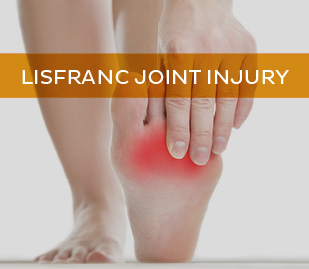
The ankle and foot complex is made up of 22 bones, which form 33 joints. The foot and ankle is designed to be strong and agile enough to quickly adapt to changes in the ground surface. The foot and ankle is designed to enable equal distribution of body weight through the foot whilst maintaining balance. The joints of the foot and ankle are supported by over one hundred ligaments and several muscles. To maintain the equilibrium between strength, agility and balance the movements at each joint are very intricate. The most common injuries in the foot and ankle are ligament sprains and muscular strains. These sort of injuries are often minor and can be managed using the principles of POLICE under the guidance of a physiotherapist. Occasionally, more severe trauma can occur in the form of fractures or stress fractures overtime. If you have had a traumatic injury and are unable to weight bear, you must seek an urgent medical assessment. For non-traumatic injuries management involves a combination of strengthening and balance exercise using the principles of POLICE under the guidance of a physiotherapist.
Ankle & Foot Injury Products
We have all the professional products recommended by the World’s best Physios
Ankle & Foot Injuries Table
This table shows some of the key symptoms of the most common ankle injuries. We strongly advise that you see a healthcare professional rather than attempt to self-diagnose.
The information pages about each condition should help to explain the injury you have and signpost how it can be appropriately managed. Remember that wear and tear (degeneration) in your foot and ankle is a normal part of ageing. Often people with large amounts of wear and tear on scans have no symptoms and are fully functioning. Avoiding moving your ankle/ foot and general physical activity will not help, but the principles of POLICE may need to be adopted. Instability (giving way) and swelling are common components of ankle sprain, which can be managed by following the principles of POLICE under the guidance of a physiotherapist. Pain-free clicking is nothing to worry about as it is either tight tendons and ligaments flicking over the joints, or the release of nitrogen gas bubbles from your joints (cavitation). Clicking or cracking with pain may be a sign of a fracture and needs urgent medical assessment.
| Condition | Common Signs & Symptoms | |||||
| Pain | Swelling | Stiffness | Weakness | Instability | Locking | |
| Sprained Ankle | ||||||
| High Ankle Sprain | ||||||
| Broken Ankle | ||||||
| Lisfranc Joint Injury | ||||||
| Metatarsal Fracture | ||||||
| Os Trigonum Syndrome | ||||||
| Plantar Fasciitis | ||||||
| Snowboarder’s Ankle | ||||||
| Tibialis Posterior Pain | ||||||






